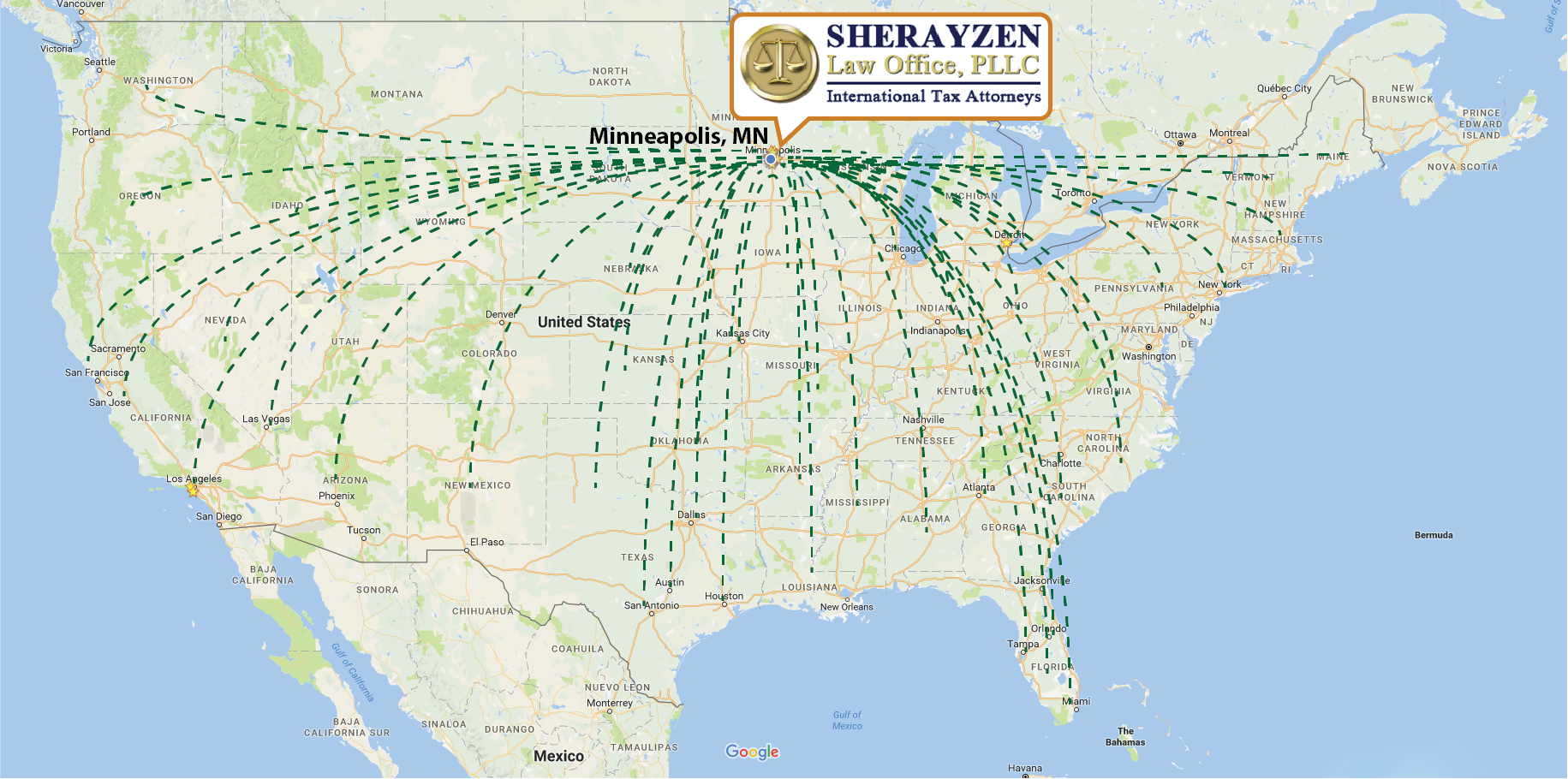FATCA Lawyer Boulder CO | Three Main Parts of FATCA
Now FATCA, when it came out in 2010, was a revolutionary piece of legislation. It completely changed not only US Tax Compliance but the entire landscape of International Tax Compliance. After FATCA, we have OECD countries developing a Common Reporting Standard, the CRS to which the US did not join for very interesting reasons; that could be a topic of a CLE in of itself.
But, FATCA affects pretty much everyone who is doing business internationally. Why is that? Well, there are the three parts of FATCA that I would like to discuss today. There are some different provisions of FATCA which do not quite fall within those three parts; but they’re not important for today’s discussion, or at least not directly important.
The first part of FATCA is the requirement by Foreign Financial Institutions to report assets owned by US Persons to the IRS directly or indirectly; it depends on the FATCA enforcement treaty. So in essence, all the Foreign Financial Institutions are now forced to become agents of the IRS, reporting agents. In essence it’s that third party verification of US Tax Compliance that has been completely absent from US Tax Law; it just never existed before. For example FBARs, they don’t have any third party verification. That’s why as an information return, FBARs actually have very limited utility.
Now why would Foreign Financial Institutions comply with it? There’s a second part of FATCA: a 30% withholding tax on the gross amount of transactions. Can you imagine that a 30% withholding tax on the entire value of the transaction, not on the gain, loss it doesn’t matter just on the gross value? So this means that if say Institution A which is FATCA compliant and there’s an Institution B which is not FATCA compliant and then your client comes to Institution A and says, ‘Here, I’m sending $100,000 to Institution B, Institution A is going to withhold 30% tax from that $100,000 and send the rest of it to Institution B and obviously when the clients, the other party comes in to collect, they will see that instead of $100,000 there is about $70,000; that’s a pretty big difference. It could be the entire profit margin.
And because every institution is linked to another institution (so basically we have a system where all FATCA compliant institutions are forcing all of the FATCA noncompliant banks to become FATCA compliant); otherwise there’s not going to be any dealing between them.
So under the first part of FATCA, the Foreign Financial Institutions provide this information so they’re a third party verification. But verification of what?
And then there’s a third part of FATCA which really came into the tax landscape without as much fanfare as the first part. The first part, people have heard about: there have been protests, letters to congressmen, organizations, lobbying against it: what have you. But the third part of FATCA, and this is form 8938, it came in sort of in a very quiet way, in gradually but very early on already in 2011.



